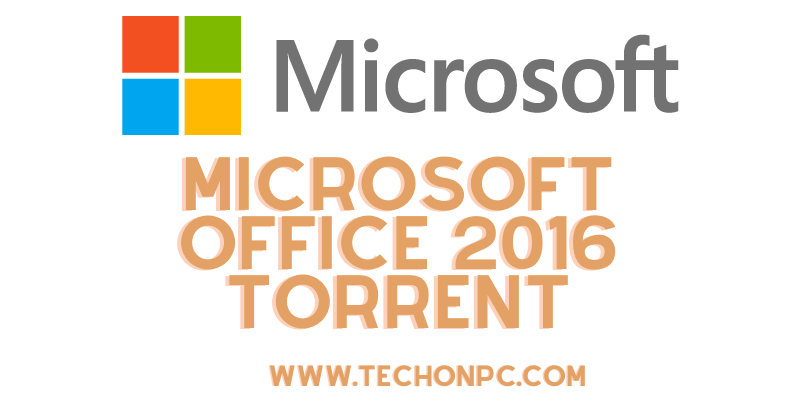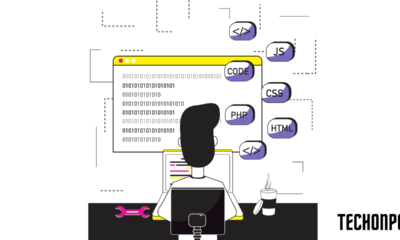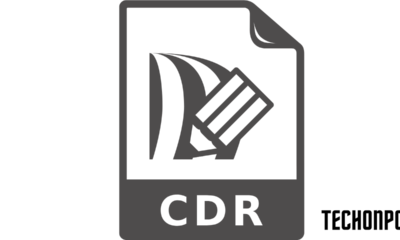Education
4 Tips To Convert High Volumes Of Documents Into Digital Images
Published
2 years agoon
By
techonpc
Photo by Ketut Subiyanto on Pexels.com
Document digitization is a process of storing documents into digital files. The goal is to transfer paper-based information and make it viewable on computer screens for easy reading, editing, and sharing. One way to do this is by converting your documents into digital images.
Digitizing your company’s historical records may prove to be a valuable resource down the road if you need access to financial or other relevant data. However, it has its challenges, like scanning all files can take up a lot of time and require extensive resources. This article will discuss four tips you can do when converting large volumes of documents into digital images.
1) Invest In A Good Scanner
If you want to convert high volumes of paper into digital images, using a scanner can help. Scanners are devices that can read a document and convert it into digital information, then store it on your computer.
Although scanners are convenient, there are a few problems that can arise. If you don’t choose a device with one of the best document scanner software, you may be stuck with images that lack definition and clarity. This can be a problem when working with older or copied documents.
Another consideration is whether you want to use a flatbed or a sheet-fed scanner. Flatbed scanners have a glass plate where you place your paper by hand, and the machine captures images. Sheet-fed scanners can be faster than flatbed scanners since they have a feeder platform, allowing you to put multiple documents in them.
To choose the best scanner for your business, keep in mind the number of documents and the time you have. Investing in a basic scanner may be enough if you’re just looking to convert a few sheets of paper quickly. However, if you need to process large amounts of paperwork in bulk, purchasing models with built-in options like blank page removal, automatic document feeders, and multipage scanning could significantly save time in the long run. You may also want a scanner with a high-quality resolution and a large scanning bed so you can fit large stacks of paper.
2) Choose The Right Multifunctional Device for Your Business
Multifunctional devices (MFDs) can copy, scan, and print. They’re usually one of the necessary tools in home offices and companies. That’s because they’re convenient, space-savers, and cost-efficient. Like scanners, they’re also helpful in converting high volumes of documents into digital images.
However, MFDs also come with limitations. Unlike a dedicated scanner, MFDs may have limited scanning abilities and color options. They might also be pricier than single-function devices, exceptionally when equipped with Wi-Fi capabilities. Lastly, some MFDs might not have enough memory to accommodate the amount of information and tasks being processed, which might negatively affect their performance.
To choose the best multifunctional devices for your document digitization needs, it’s best to consider the volume of documents, ideal image resolution, price, features and benefits, and how it’ll integrate with your current processes. In this way, you’ll know if it suits your needs or not.
3) Get Document Imaging Services
When businesses go digital, they realize immense benefits. For one, it’s easier to share information with team members. Some say it’s also easier to find old files and info, reducing overall costs. Document imaging services are also one of many strategies that can help your business in document digitization.
To do this, you may want to look for professional document imaging services in your area. These businesses can convert your documents into high-quality digital images that are then stored on a server in a cloud network. This approach can be expensive, however. Another potential downside is that converting paper records to digital records means you may not be able to access them while they’re with the scanning company. Some also say there’s always a fear that data may be lost during the conversion process.
4) Make It More Efficient With A Document Management System
Document digitization is not just a matter of scanning. It involves understanding and managing document formats, file types, file names, and many others. With the help of digital document management systems, it allows you to gather all your paper documents in one place—and convert them into various formats for easy archiving and sharing. This allows for quick organization, easy access, editing, and reduced risk of information loss.
In Conclusion
The process can be time-consuming, tedious, and error-prone when you have high volumes of paper documents that need to be converted into digital images. However, it is worth it in the end to have all of your documents accessible and retrievable from anywhere with a device and internet connection. With these four tips, you can quickly and easily convert your documents into digital images and save them for future use.
Follow Me

Unleashing the Power of the Office Accelerator: Maximizing Productivity and Efficiency in the Workplace with Office 365 Accelerator

Unlocking the Hidden Potential of Your Website: Strategies for Growth

From AI to VR: How Cutting-Edge Tech Is Reshaping Personal Injury Law in Chicago
Trending

 Microsoft4 years ago
Microsoft4 years agoMicrosoft Office 2016 Torrent With Product Keys (Free Download)

 Torrent4 years ago
Torrent4 years agoLes 15 Meilleurs Sites De Téléchargement Direct De Films 2020

 Money4 years ago
Money4 years ago25 Ways To Make Money Online

 Torrent4 years ago
Torrent4 years agoFL Studio 12 Crack Télécharger la version complète fissurée 2020

 Education3 years ago
Education3 years agoSignificado Dos Emojis Usado no WhatsApp

 Technology4 years ago
Technology4 years agoAvantages d’acheter FL Studio 12

 Technology4 years ago
Technology4 years agoDESKRIPSI DAN MANFAAT KURSUS PELATIHAN COREL DRAW

 Education3 years ago
Education3 years agoBest Steph Curry NBA 2K21 Build – How To Make Attribute, Badges and Animation On Steph Curry Build 2K21

You must be logged in to post a comment Login